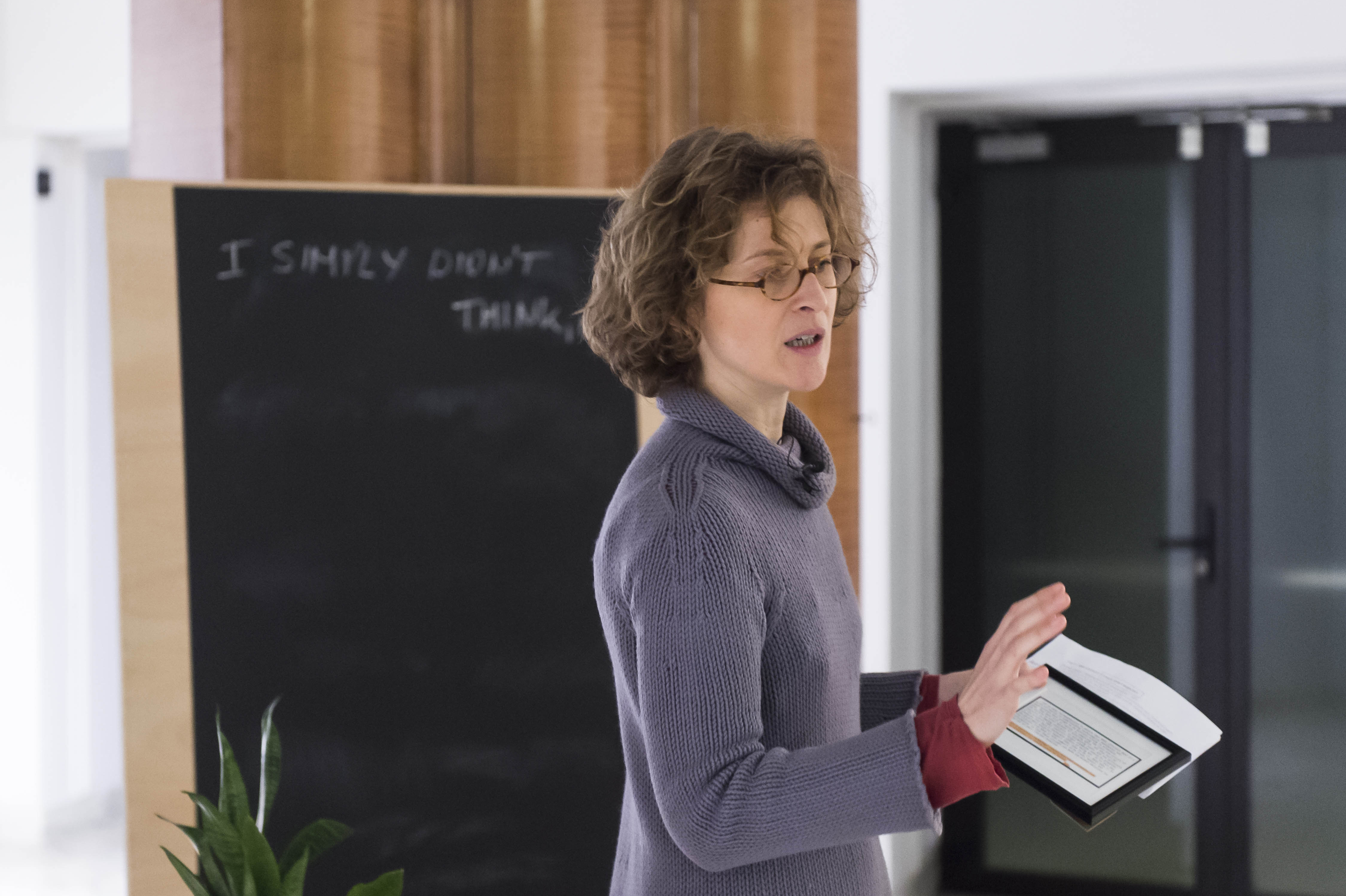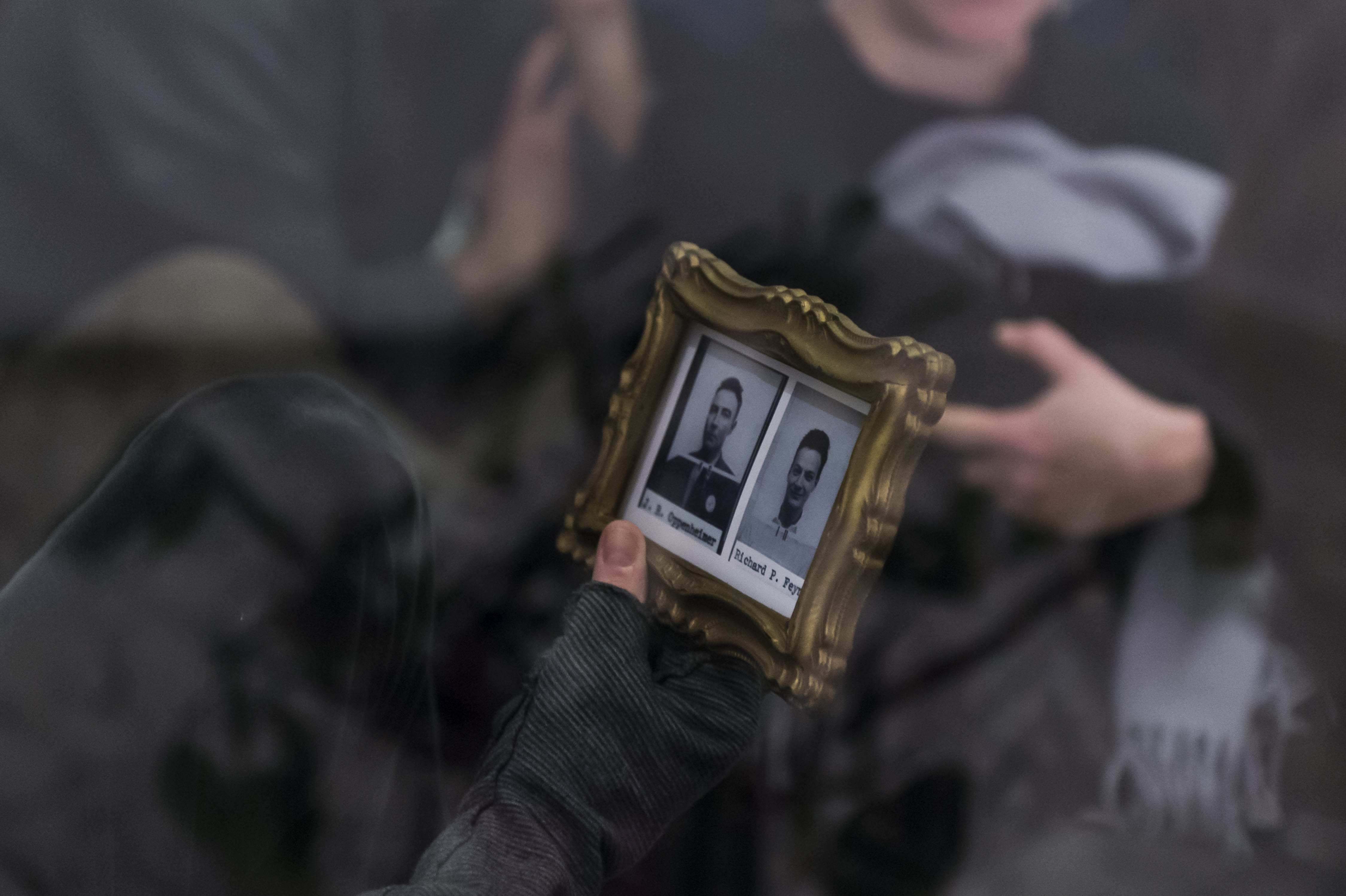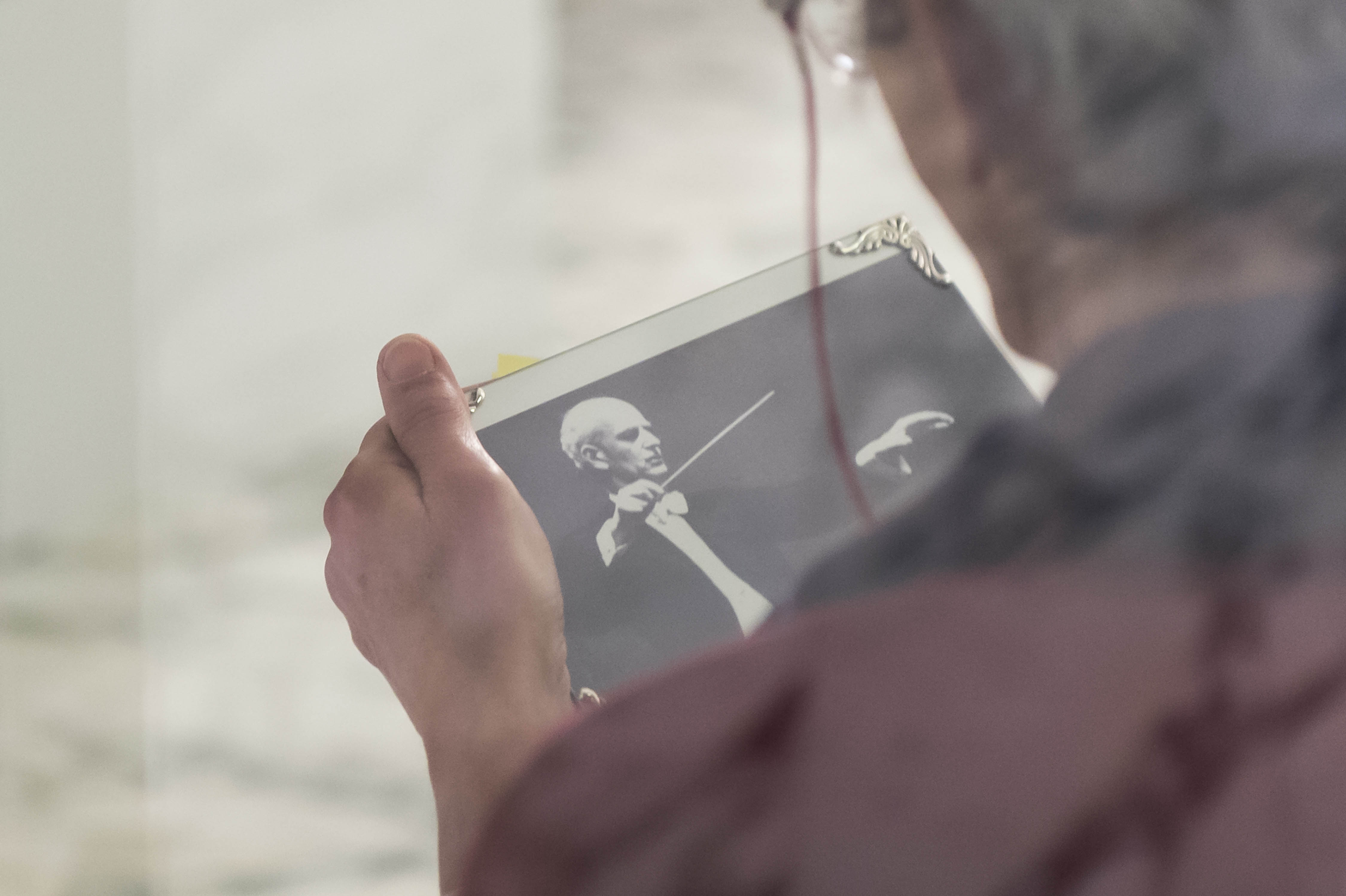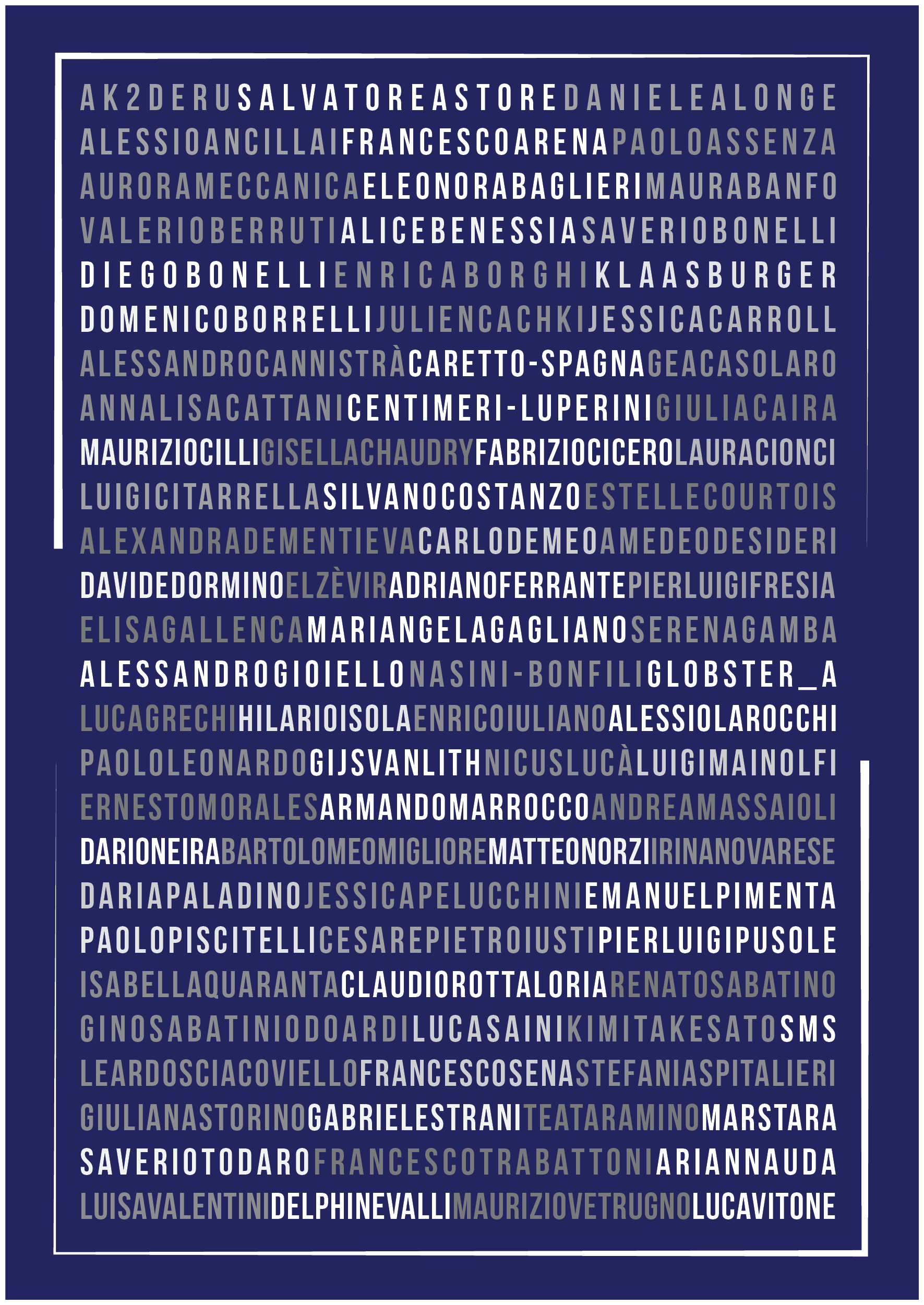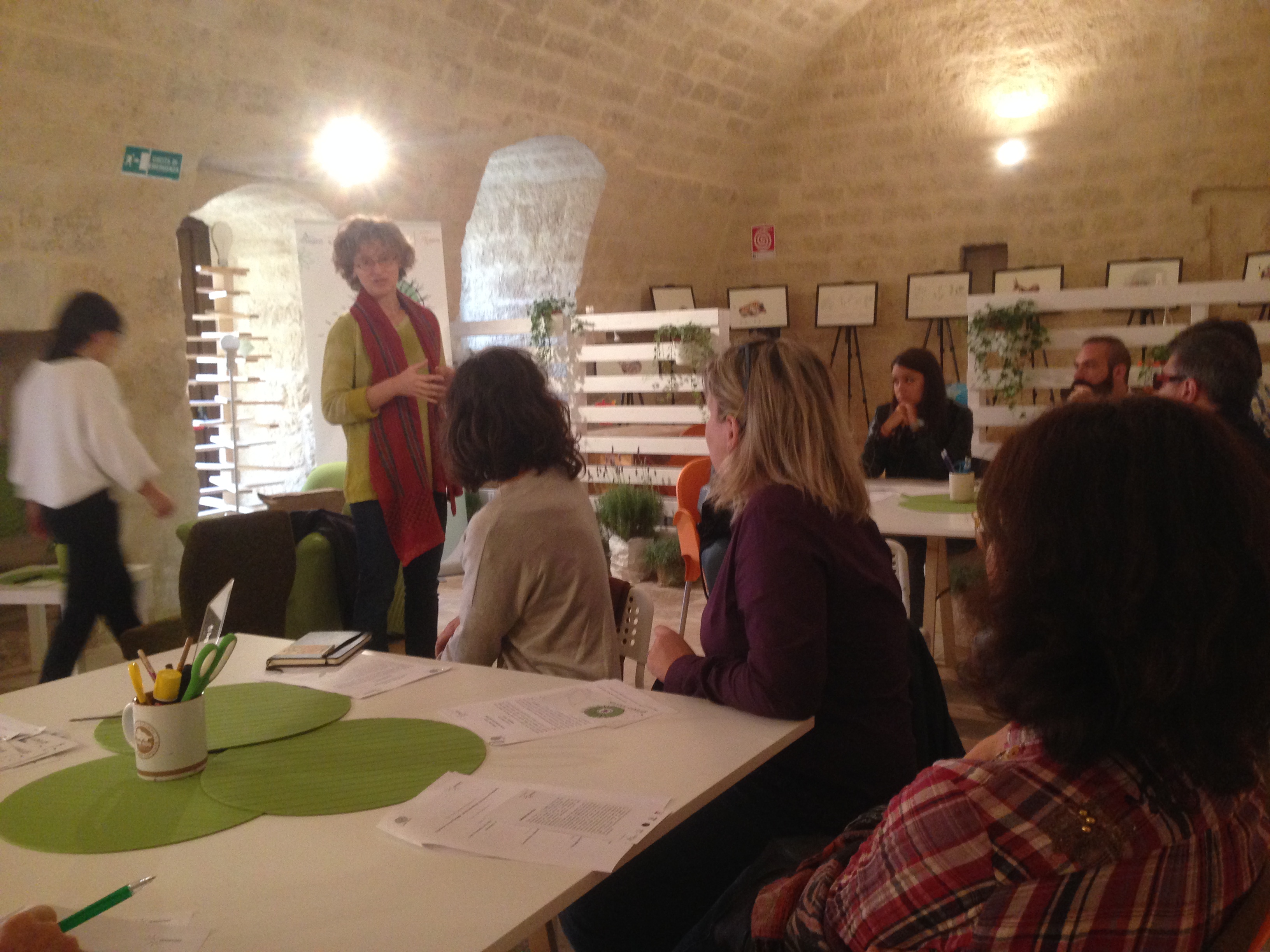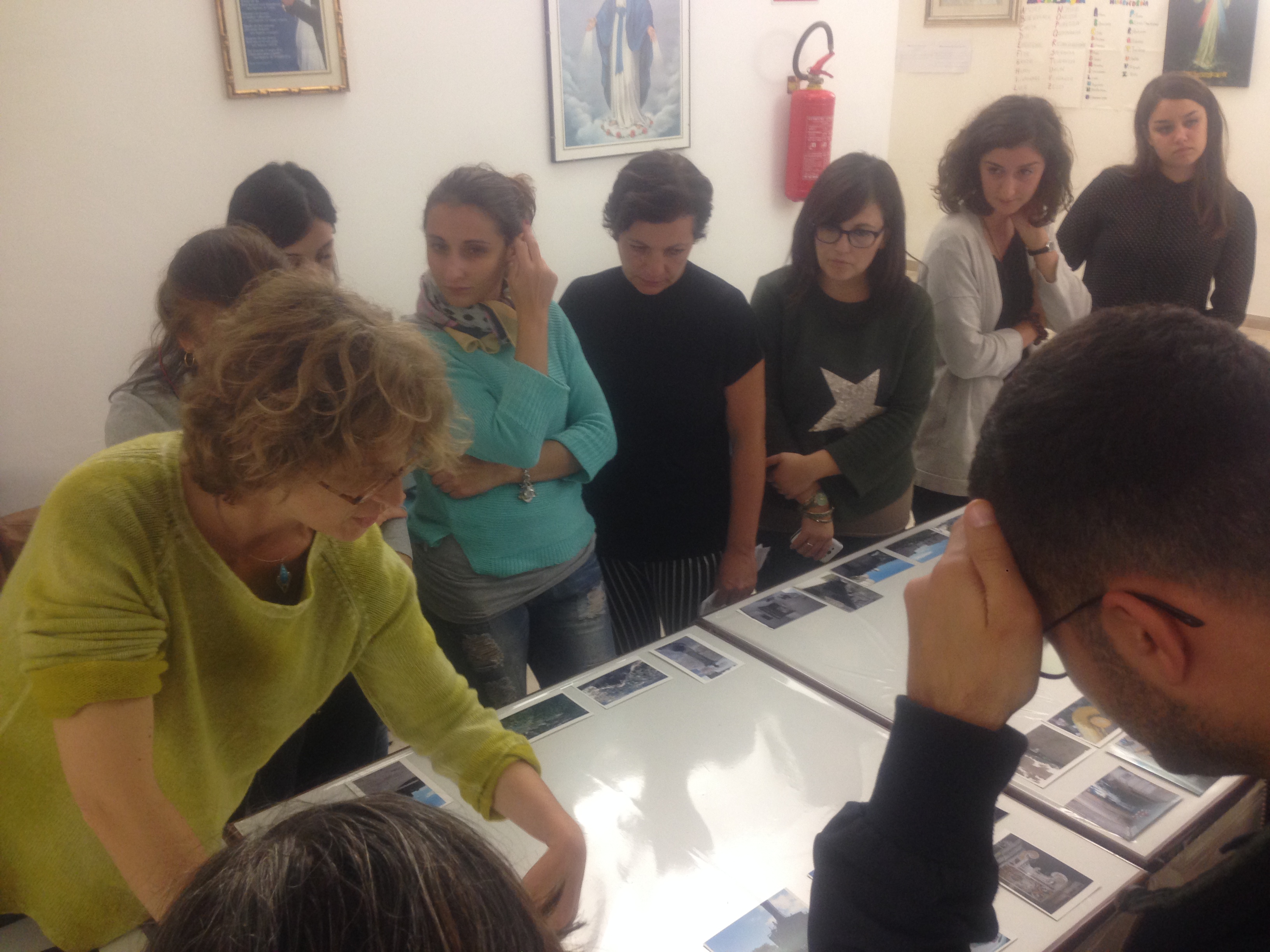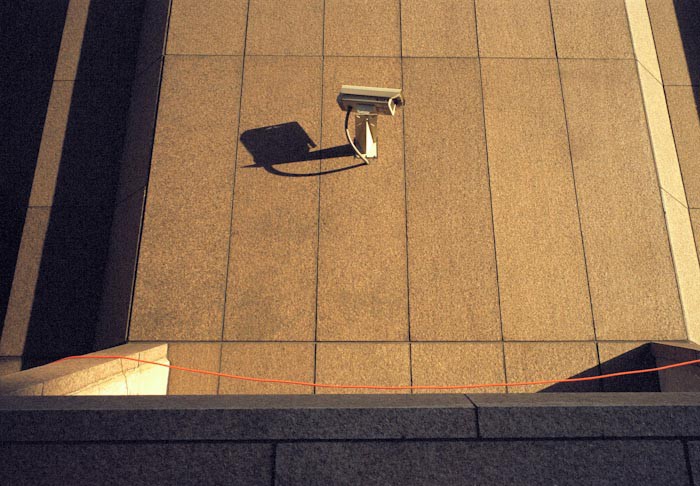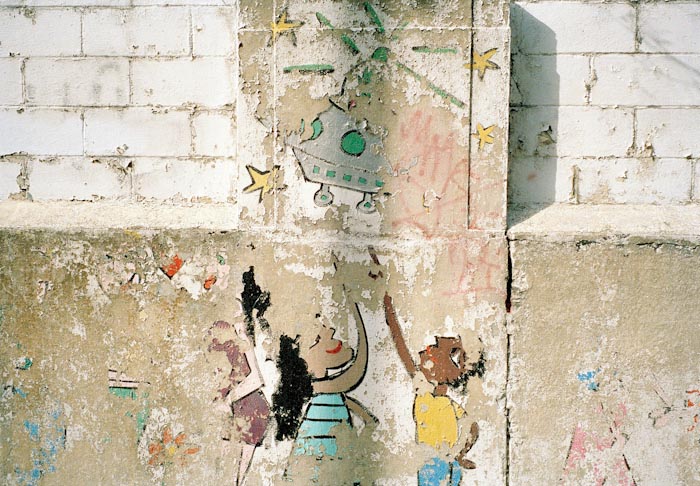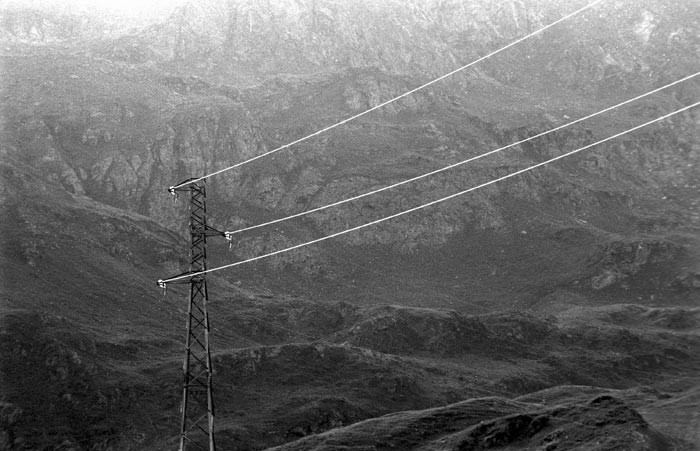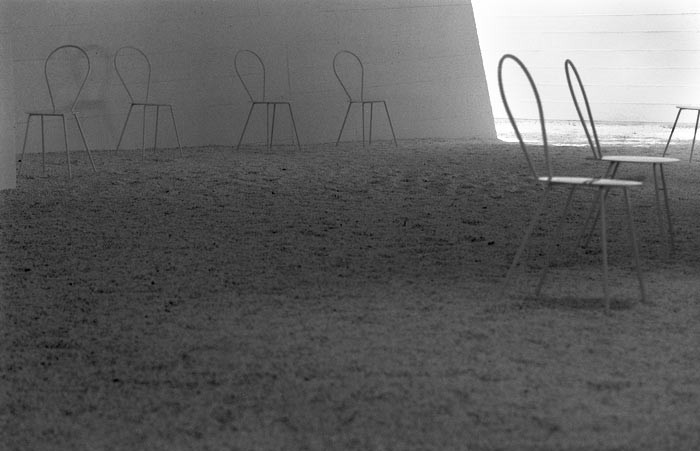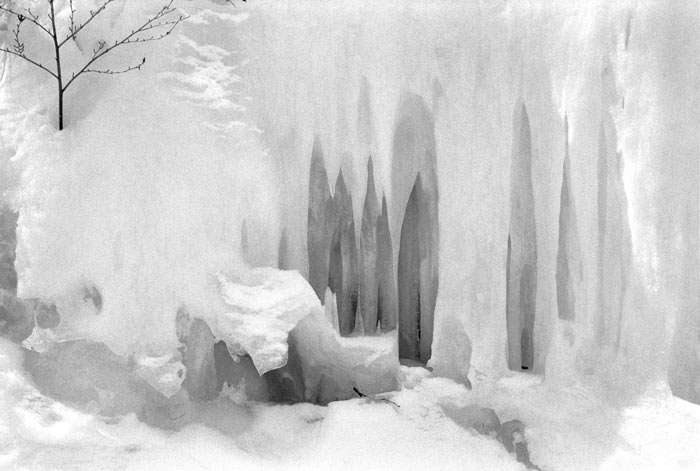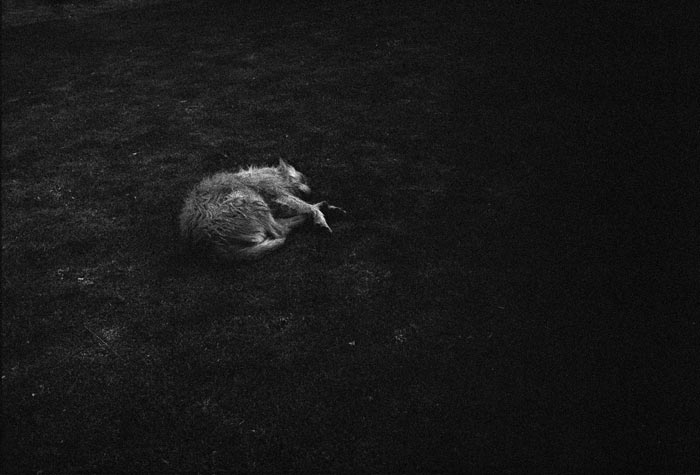seminario @ Museo Nazionale della Scienza e della Tecnologia di Milano
Corso di Comunicazione della Scienza per Ricercatori Vincitori di Borse Cariplo
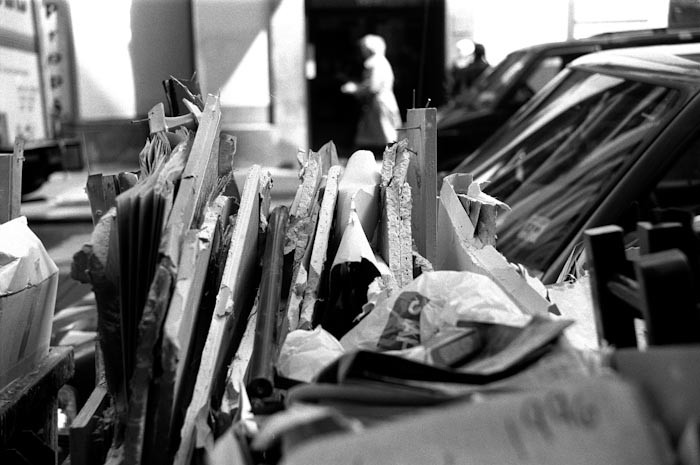
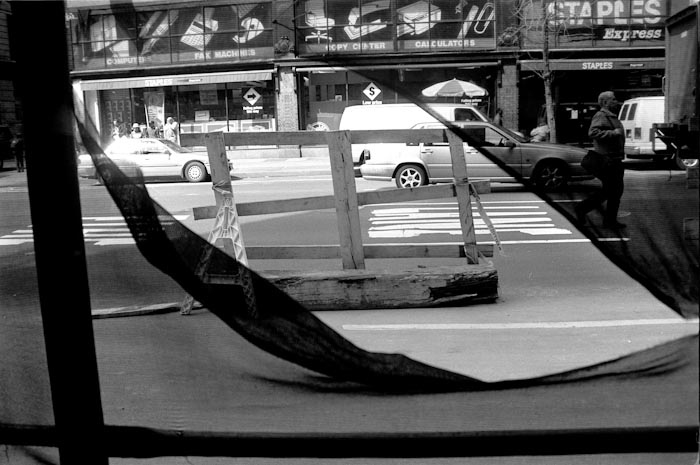
Filosofi e sociologi della scienza si sono a lungo confrontati con il problema della demarcazione della scienza come questione analitica: l’identificazione delle caratteristiche uniche ed essenziali che distinguono i processi e i prodotti della ricerca scientifica dalle altre attività speculative. Tuttavia, la demarcazione della scienza può essere considerata anche come una questione eminentemente pratica: il tentativo, non solo da parte di filosofi e sociologi ma anche di scienziati, funzionari pubblici e imprenditori, di legittimare le proprie visioni del mondo, sistemi di conoscenza e potere, attraverso una varietà di repertori retorici. Queste strategie di demarcazione definiscono e implicano una varietà di possibili relazioni tra la scienza, la tecnologia e la sfera normativa della democrazia, lungo una traiettoria che trae le sue origini nella Rivoluzione Scientifica e l’istituzione dello Stato Moderno.
Come sono stati definiti nel tempo i confini che separano la ricerca e l’applicazione scientifica dalle altre attività umane? da chi e a quale scopo? Nell’indagare queste domande, si distinguono tre principi di demarcazione, tre assi che definiscono un possibile sistema di riferimento all’interno del quale esaminare i rapporti tra scienza e democrazia: la separazione, l’ibridazione e la sostituzione. Il primo si riferisce all’ideale separazione tra i fatti della scienza e i valori dei processi di governo, e al corrispondente duplice sistema di legittimazione che regola la relazione moderna tra il sapere e il potere. In questa prospettiva, l’incertezza e la complessità sono idealmente esternalizzate dall’ambito della conoscenza e ricerca scientifica. Il secondo corrisponde alla transizione dalla scienza fondata sulla curiosità, alla scienza industriale, la cosiddetta big science, in cui scienza e tecnologia, scoperta e invenzione, fatti e valori sono ibridati in imprese tecnoscientifiche. In questo caso, l’incertezza e la complessità non possono essere efficacemente estromesse, e sono ridotte e idealmente controllate attraverso la valutazione e la gestione quantitativa del rischio. Il terzo principio riguarda l’ideale sostituzione delle risorse naturali con gli artefatti tecnoscientifici, dei processi decisionali con la gestione dei dati, del comprendere con il fare, e da ultimo della scienza con la tecnologia. In questo scenario, i valori sono sostituiti con i fatti nel senso che le questioni normative sono ridotte e trasformate in problemi tecnici, da risolvere con strumenti tecnoscientifici. In questo caso, la complessità e l’incertezza sono riconosciute, per essere ingegnerizzate e idealmente eliminate.
Nell’esplorare lo spazio definito da questi tre assi, è possibile aprire delle strade di riflessione comune sul mutevole significato del termine ‘scienza’, spesso definito e legittimato – i.e. demarcato – in modo implicito e non condiviso.


